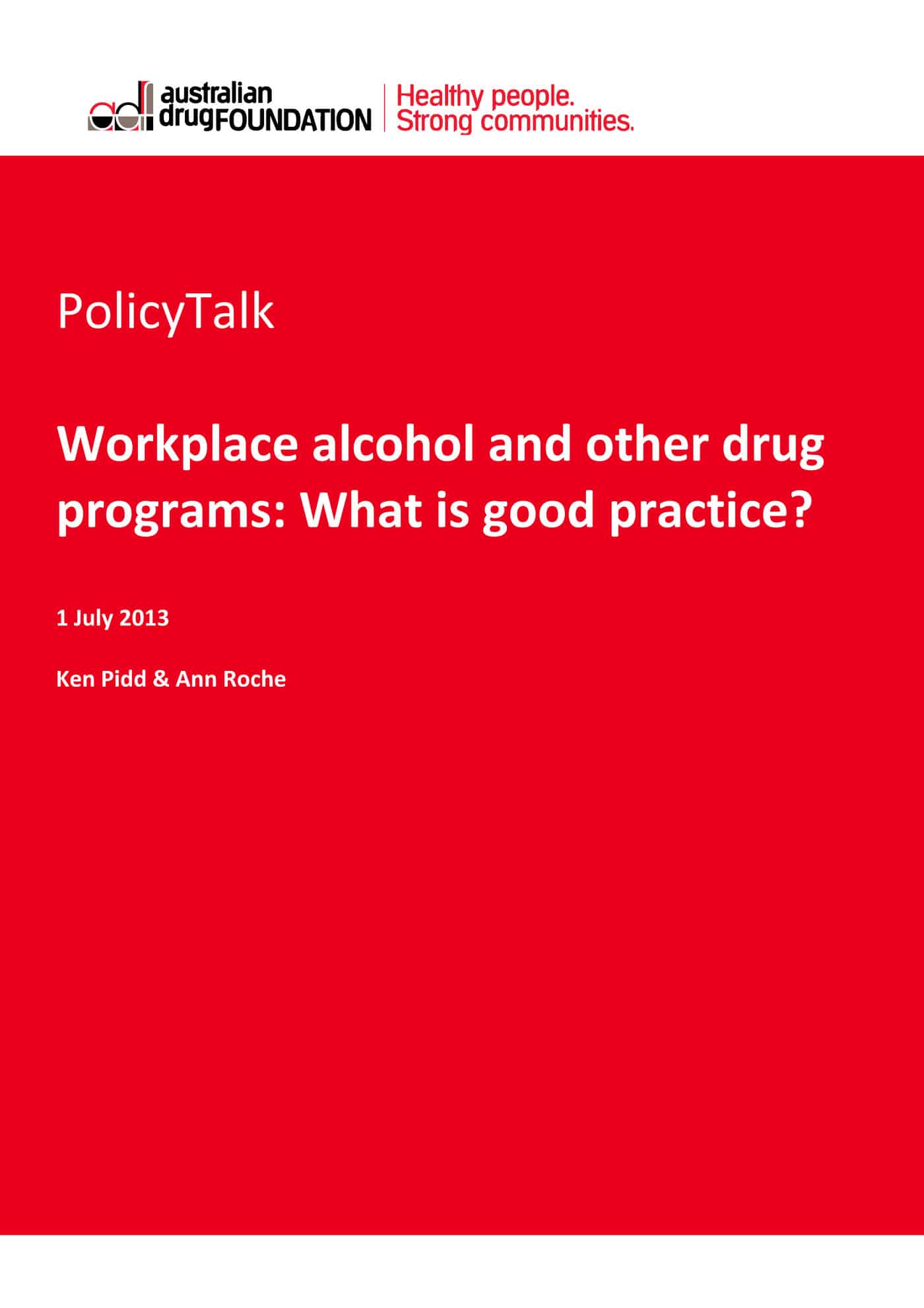 On 12 July 2013 the Australian Drug Foundation reported that alcohol use is responsible for:
On 12 July 2013 the Australian Drug Foundation reported that alcohol use is responsible for:
- five per cent of all Australian workplace deaths, and
- up to 11 per cent of non-fatal injuries.
These figures should be of great concern to everyone but what if these figures generate no concern and no outrage, and no change?
The significance of the research data above and in the full document – Workplace alcohol and other drug programs: What is good practice? – is not in the research but in the potential responses to the research. Continue reading “Workplace drug data needs a creative application”



